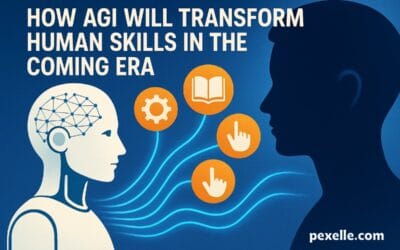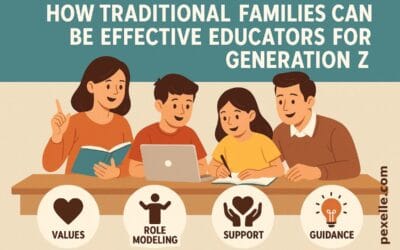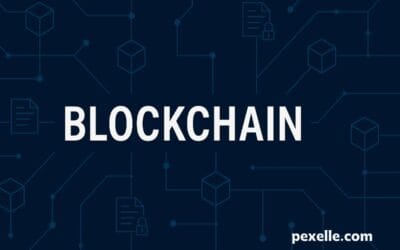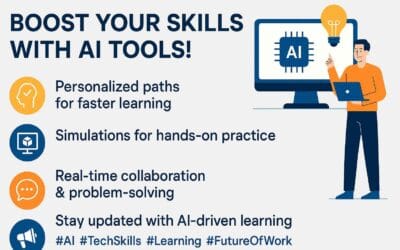The Best Age Range to Learn Physical Skills That Benefit Society
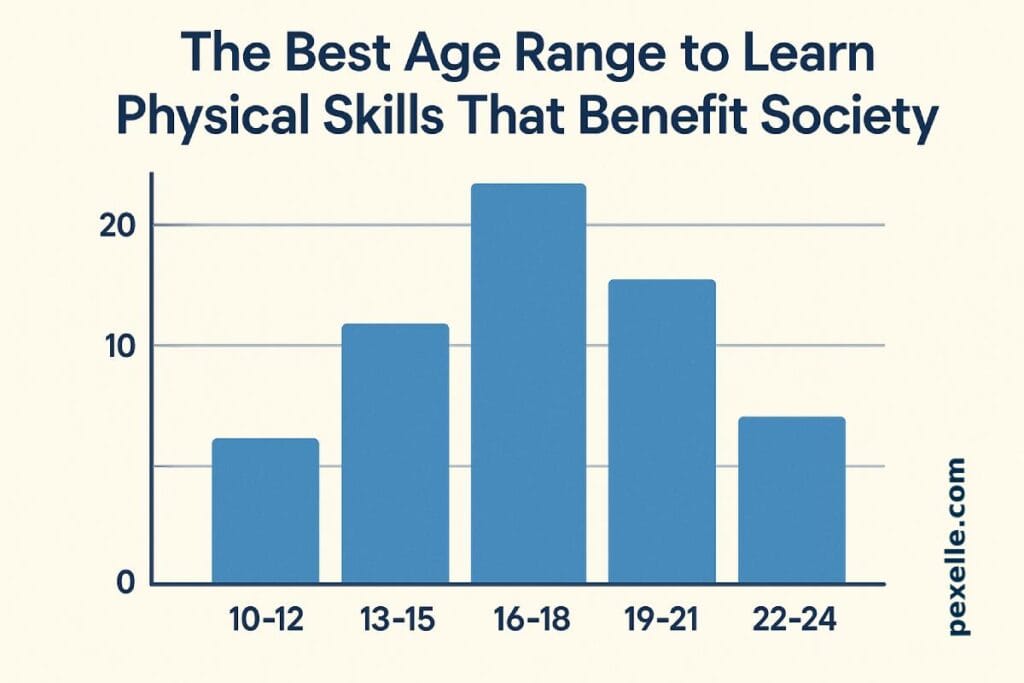
Introduction: Why Physical Skills Matter for Society
Physical skills—such as first aid, firefighting, construction, farming, sports training, and emergency response—are not only valuable for personal development but also play a crucial role in building resilient, functional, and healthy communities. Whether it’s volunteering during a crisis or contributing to local infrastructure, individuals equipped with physical capabilities help create safer and more sustainable environments. But a key question remains: when is the best time to start learning these skills?
🔍 Childhood and Pre-Teens (Ages 7–12): Building Foundations
This age range is ideal for developing motor skills, discipline, and safety awareness. Children are naturally active and curious, making them well-suited for learning foundational physical activities such as swimming, basic martial arts, teamwork-based sports, and even environmental stewardship tasks like planting trees. Learning at this stage strengthens coordination, responsibility, and respect for structured physical tasks—skills that later translate into broader societal contributions.
- ✅ High plasticity of the brain and body
- ✅ Strong habit formation potential
- ✅ Emotional openness to learning from role models
🧗♂️ Adolescence (Ages 13–18): Strength, Specialization, and Social Impact
Teenagers are in a powerful phase of physical growth and identity formation. It’s the best time to introduce structured physical training in skills like CPR, lifeguarding, firefighting basics, construction volunteering, or sports coaching. Adolescents not only have the stamina for physically demanding tasks but are also developing a sense of purpose and social responsibility. Schools and community centers can play a major role by integrating these skills into education programs.
- 🚨 Teen emergency response volunteers have saved lives
- 🛠️ Many NGOs involve teens in building community projects
- 🏅 National sports teams often recruit at this age
🎯 Young Adulthood (Ages 19–30): Mastery, Mobility, and Leadership
This age group is the prime zone for mastering complex physical skills, taking leadership roles, and engaging in large-scale social activities. Young adults have fully developed cognitive and physical abilities, high energy, and flexibility for travel and training. This makes them excellent candidates for military service, rescue teams, paramedic work, outdoor survival training, and professional coaching. Their capacity for team leadership and problem-solving amplifies their societal impact.
- 🔥 Most firefighters and field medics begin training in this age
- 🧑🏫 They can become mentors for youth programs
- 🌍 Many global volunteer corps (e.g., Peace Corps) target this range
📉 Adulthood and Beyond (Ages 30+): Preservation and Passing on Knowledge
While learning physical skills is still possible in later stages of life, the focus tends to shift from acquisition to preservation and mentorship. Adults in this range are more likely to be instructors, advisors, or part-time contributors. They play a crucial role in transferring knowledge, maintaining community traditions, and managing operations where experience is more valuable than physical intensity.
- 👨🏫 Community instructors and safety trainers
- 🔄 Continuity of generational knowledge
- 🤝 Building bridges between youth and policy makers
🧩 Conclusion: A Lifelong Learning Perspective
Although ages 13–30 are generally the best for learning physically demanding and socially impactful skills, it’s essential to promote a lifelong learning culture. Encouraging skill acquisition at different life stages creates a more adaptive, inclusive, and prepared society. Policymakers, schools, and local organizations should invest in programs tailored to each age group—because everyone has a role to play in shaping a physically skilled and socially resilient community.
Source : Medium.com
